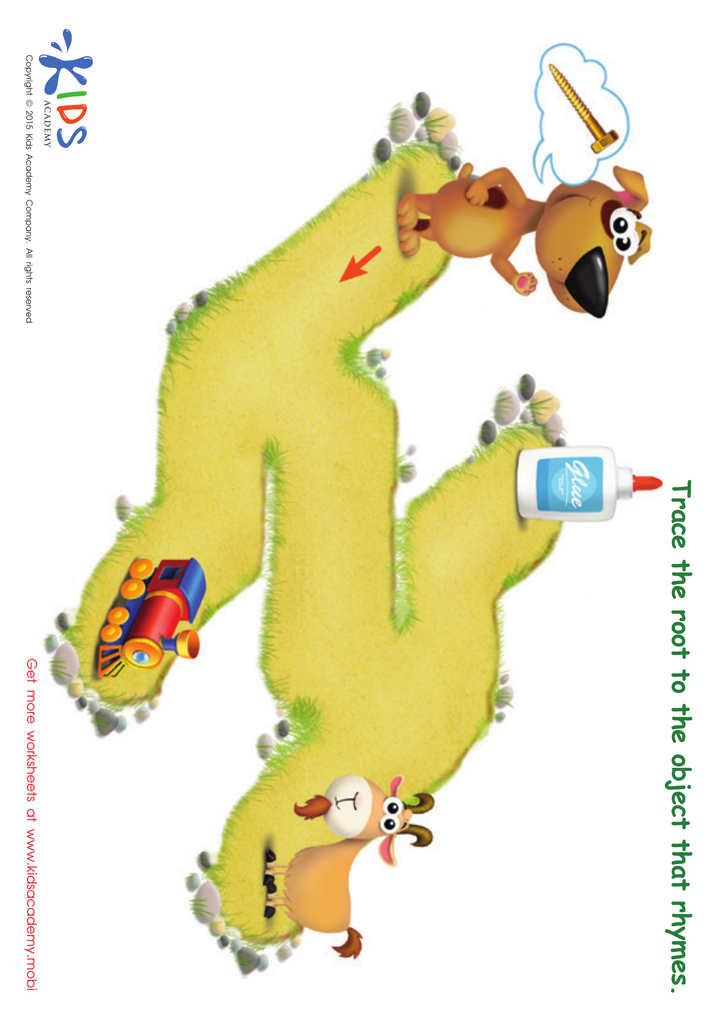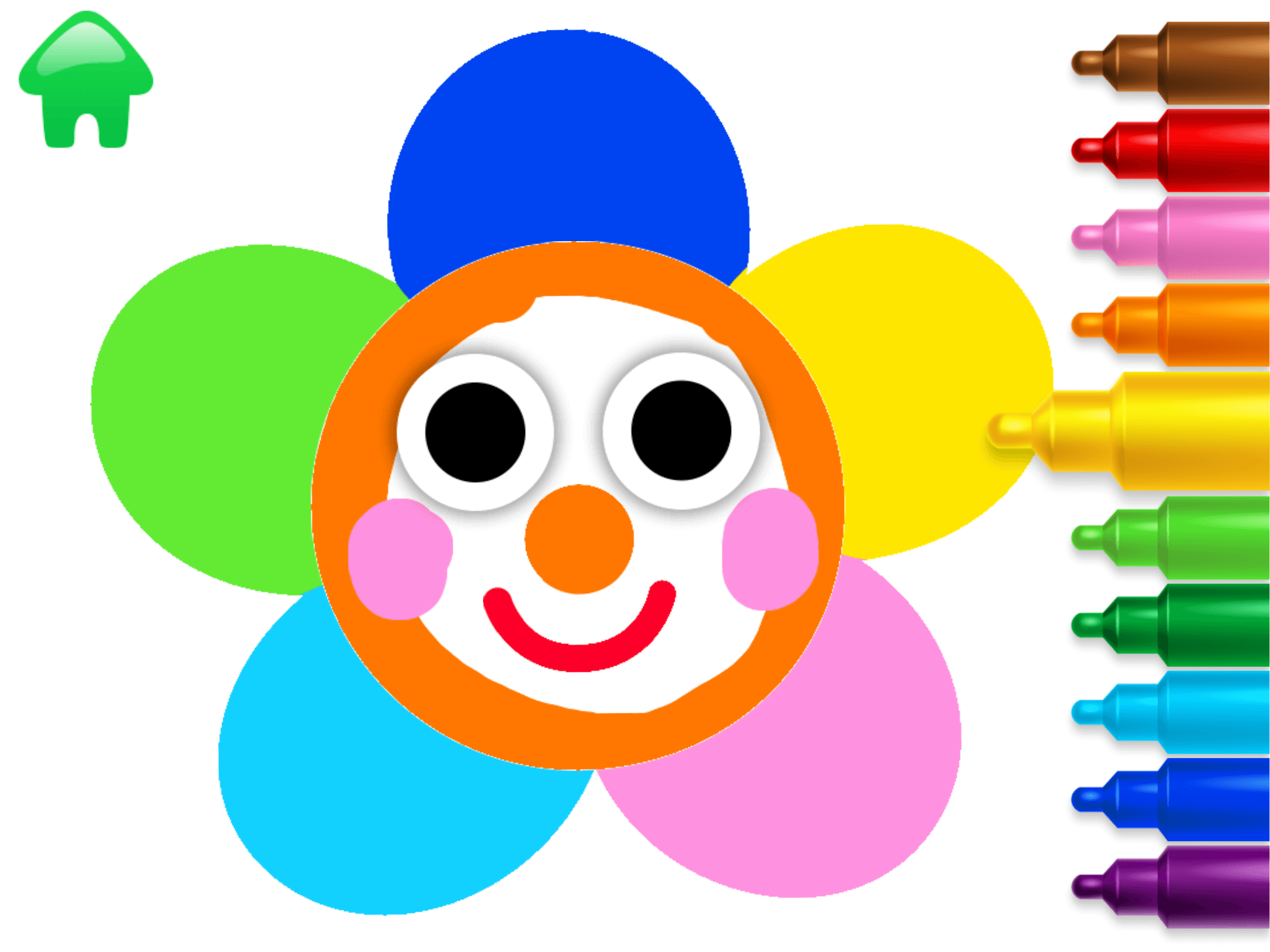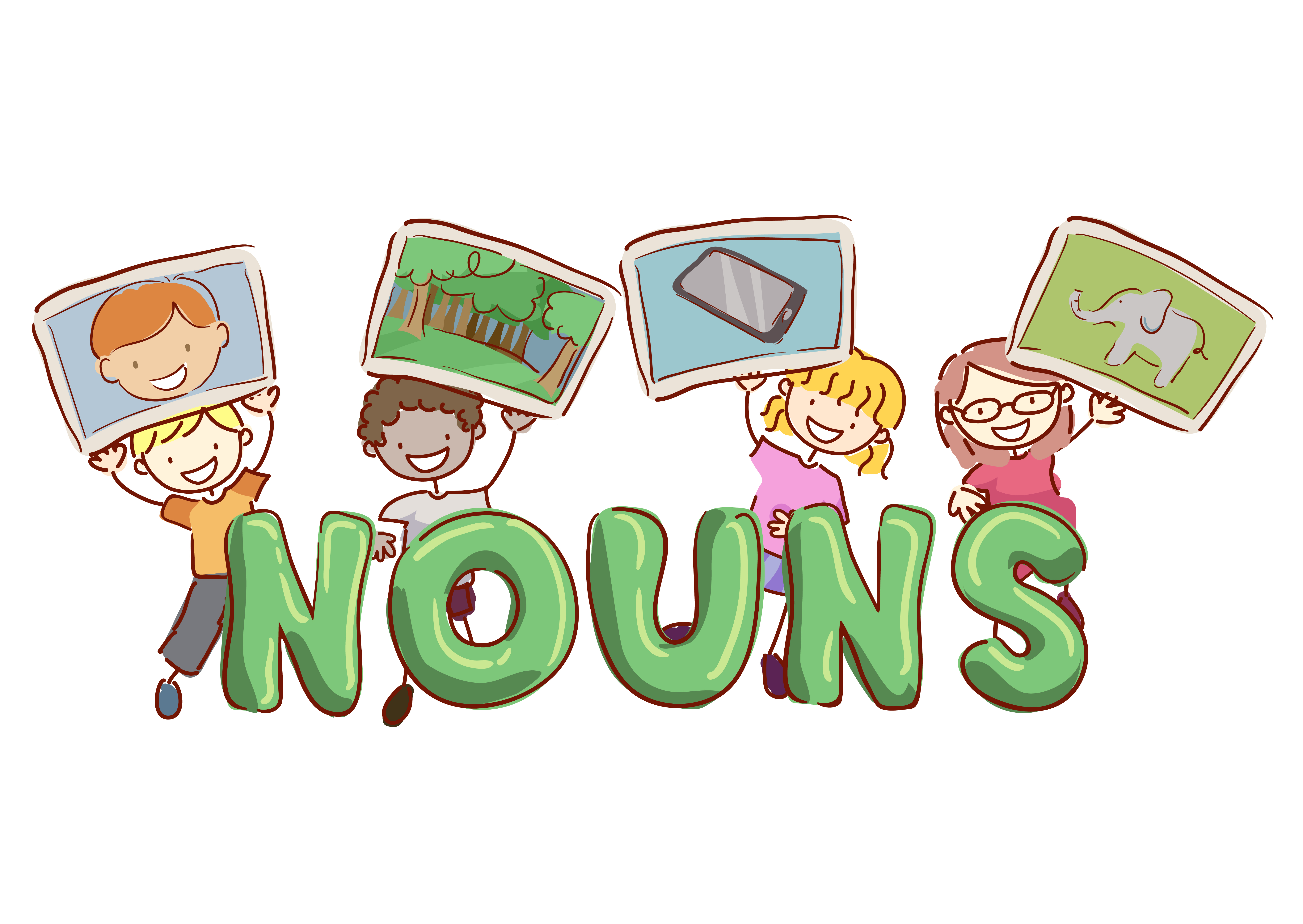Identifying Parts of a Screw Worksheets for Kids
1 filtered results
-
From - To


Question/Answer
How to train the Identifying Parts of a Screw skill in Kindergarten students learning about Rhyming Words?
To train Kindergarten students in identifying parts of a screw while learning about rhyming words, create a hands-on activity where students match parts of a screw (head, shaft, threads) to rhyming word cards (bed, shaft, threads). This interactive approach aids in memorization and understanding, combining mechanical knowledge with literacy skills in a playful, engaging manner.
What are some effective activities to train students’ Identifying Parts of a Screw skill when teaching them about Rhyming Words?
To train students in identifying parts of a screw while teaching rhyming words, create a matching game where students match parts of a screw (head, shank, thread) with rhyming words. Another activity is a craft where they assemble a paper screw, labeling each part with a rhyming word.
Why is the Identifying Parts of a Screw skill important for Kindergarten students?
The Identifying Parts of a Screw skill is important for Kindergarten students as it lays the foundation for understanding basic mechanical principles, enhances fine motor skills through hands-on learning, and promotes cognitive development by introducing concepts of structure and function. This early exposure helps spark interest in how things work and encourages problem-solving and critical thinking from a young age.












